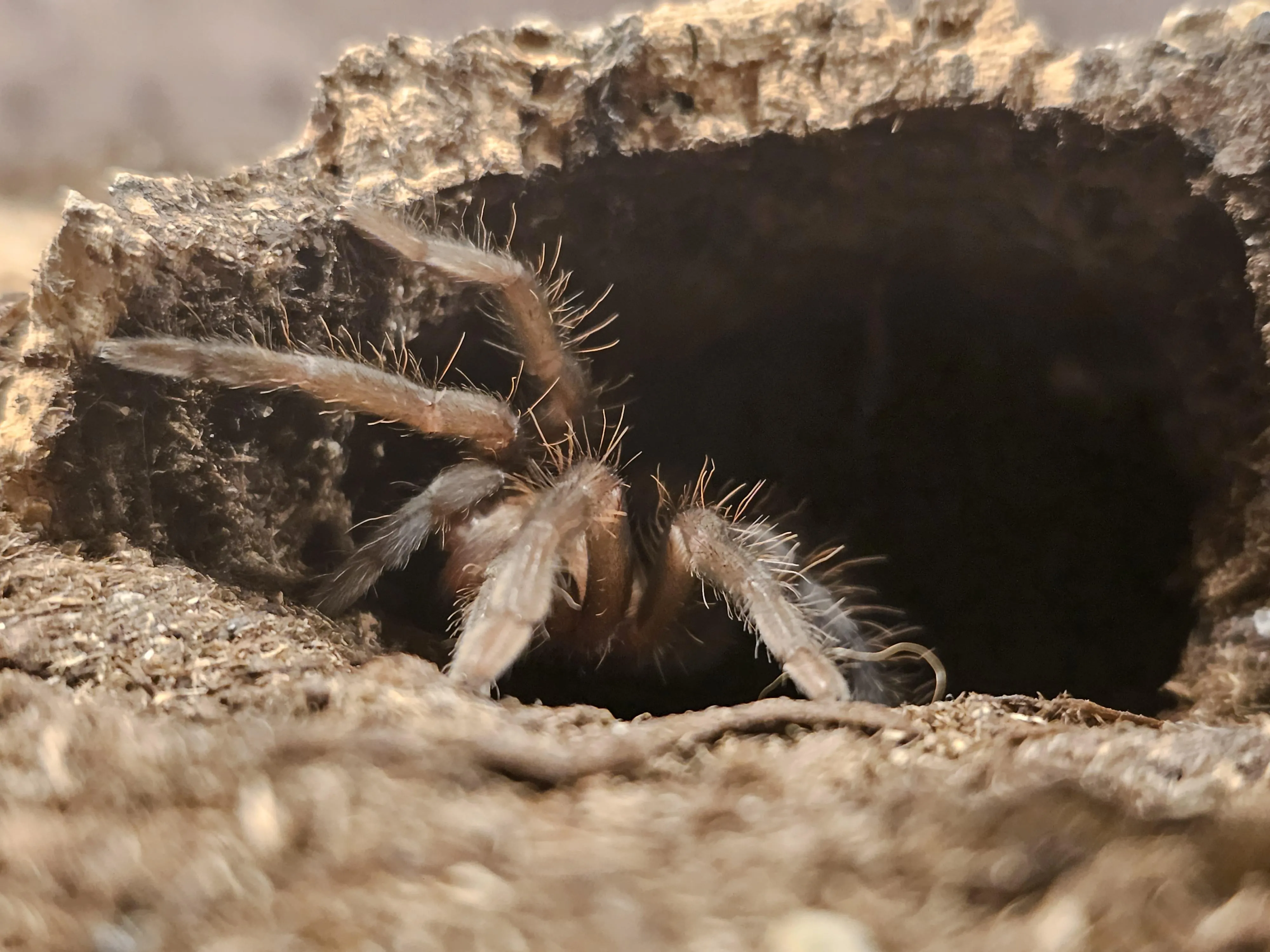Cockroach vs Tarantula The Ultimate Showdown
In the arena of nature’s most formidable creatures, a battle of titans often unfolds. One such clash pits the humble, yet resilient, cockroach against the imposing red rump tarantula. This isn’t just a fight; it’s a test of survival, a display of nature’s raw power, and a testament to the evolutionary adaptations that have made each species a dominant force in its respective domain. But if a giant cockroach and a red rump tarantula were to meet in a combat scenario, who would emerge victorious? This article delves into five key facts, examining size, strength, offensive and defensive capabilities, and environmental factors to determine the victor of this epic showdown. Prepare for a deep dive into the fascinating world of insects and arachnids, where survival is the name of the game.
Size and Strength Comparison
Cockroach Size and Strength
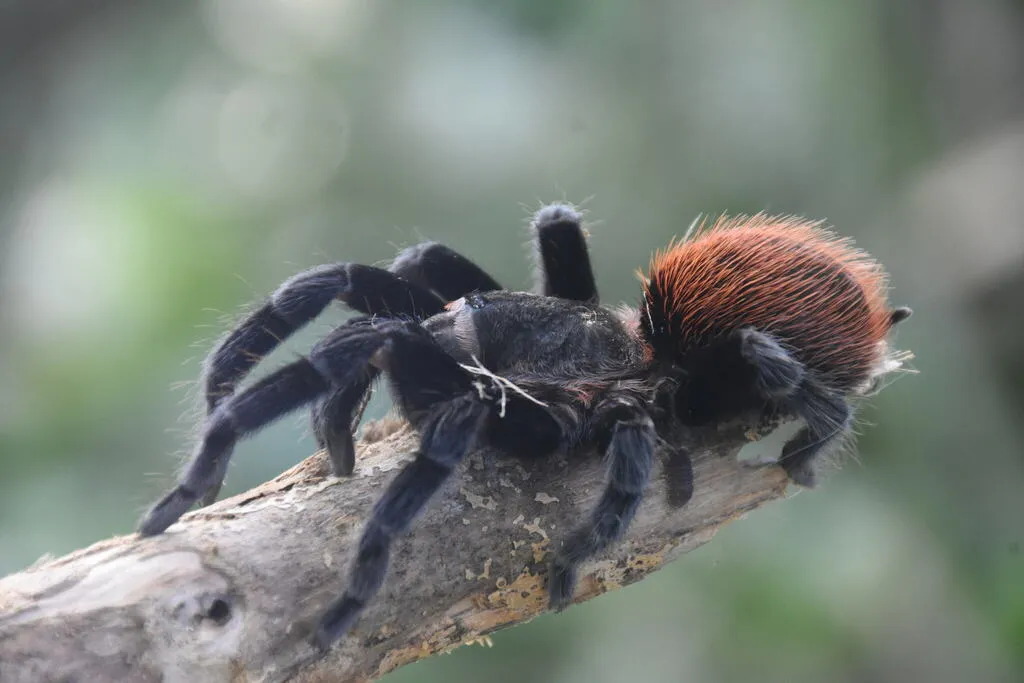
Cockroaches, particularly the larger species, are surprisingly robust. The American cockroach, for instance, can reach lengths of over two inches. While their exoskeleton provides protection, they are not known for their immense strength relative to their size. Their strength lies in their ability to run at high speeds and squeeze into tight spaces, allowing them to escape predators. Despite their relatively small size compared to the tarantula, cockroaches are resilient creatures built for survival. Their ability to navigate various terrains and survive in harsh conditions contribute to their success as a species. These attributes, combined with their rapid reproduction rate, have enabled them to thrive in diverse environments.
Tarantula Size and Strength
The red rump tarantula is a formidable predator, with females often boasting a leg span of up to six inches. Their size directly translates into significant strength, allowing them to overpower prey much larger than themselves. Tarantulas possess powerful fangs capable of injecting venom, which both immobilizes and begins to digest their victims. Their hairy bodies also serve as a defense mechanism, as they can flick urticating hairs at threats, causing irritation. The sheer size and strength advantage, coupled with their hunting prowess, make tarantulas a force to be reckoned with. They are well-equipped with the necessary tools to hunt, capture, and consume a wide variety of prey, establishing their place as top predators in their ecosystems.
Head-to-Head Size and Strength
In a direct comparison, the tarantula holds a distinct advantage. Its larger size and greater overall strength give it a significant edge in a physical confrontation. While a large cockroach might put up a fight, it would be severely outmatched in terms of raw power. The tarantula’s ability to subdue prey with its size, strength, and venom would likely prove decisive in most scenarios. The cockroach’s primary survival strategy involves evasion and finding shelter, while the tarantula is built for hunting and overpowering its prey. The power differential between the two creatures is evident, which would heavily influence the outcome of a direct confrontation.
Offensive Capabilities
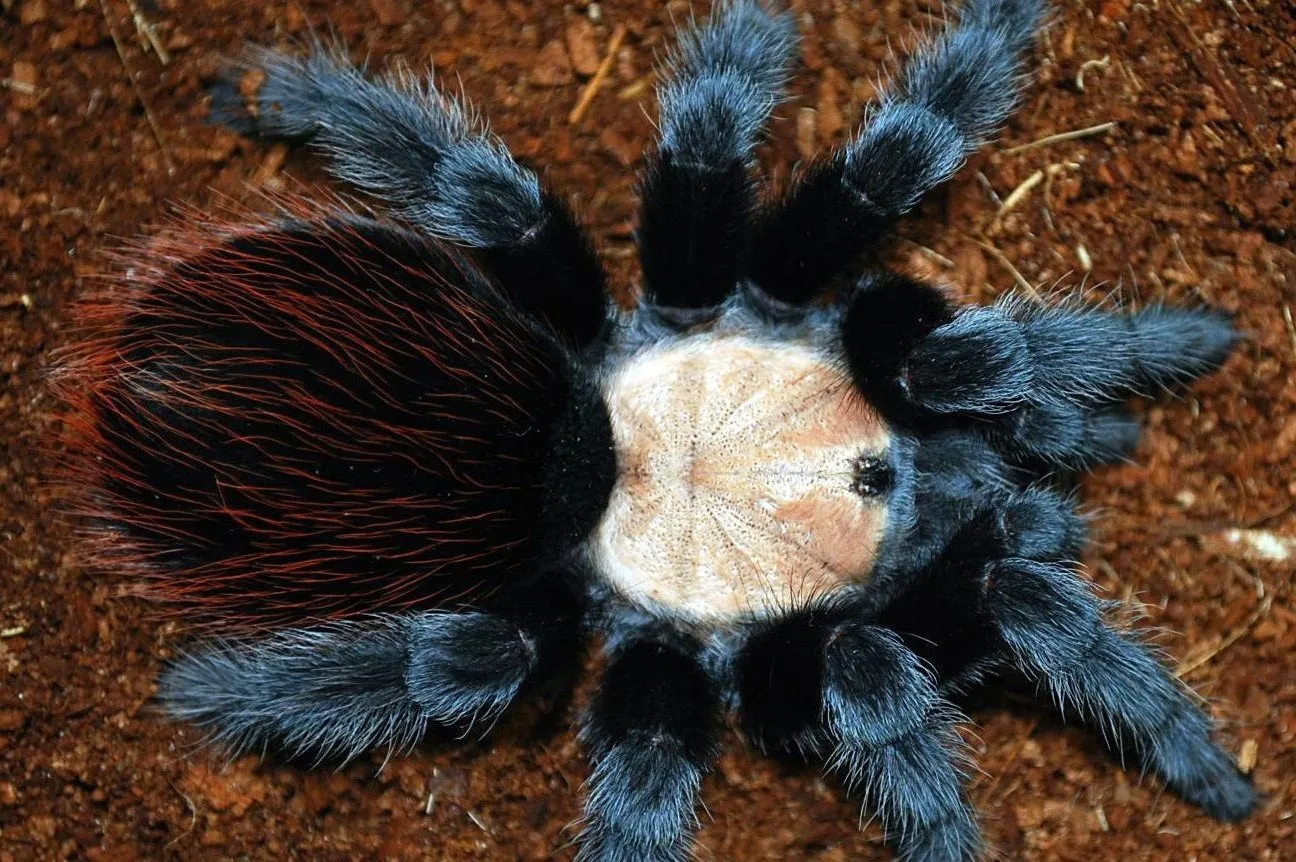
Cockroach Offensive Tactics
Cockroaches lack sophisticated offensive weapons. Their primary offensive strategy revolves around speed and agility. They can run at impressive speeds, allowing them to escape threats or attempt to disorient predators. Their mandibles, while capable of chewing through various materials, are not designed for combat. A cockroach might attempt to bite, but its impact is limited due to its size and lack of venom. The cockroach relies on its survival skills to outmaneuver predators. Their ability to hide in crevices and withstand environmental changes serves them better than direct offensive attacks. The cockroach’s main offensive strategy is survival, making it a difficult target to catch.
Tarantula Offensive Tactics
The red rump tarantula is a highly effective predator equipped with several offensive advantages. Its most prominent weapon is its fangs, which it uses to inject venom into its prey. The venom quickly paralyzes the victim and starts the digestion process. They also have the ability to flick urticating hairs from their abdomen toward potential threats, causing intense irritation. Tarantulas are ambush predators, relying on stealth and powerful strikes. Their large size and strength allow them to capture and subdue prey much larger than themselves. Their offensive capabilities give them a significant advantage in a direct confrontation, enabling them to overpower and incapacitate their targets efficiently.
Offensive Capabilities Comparison
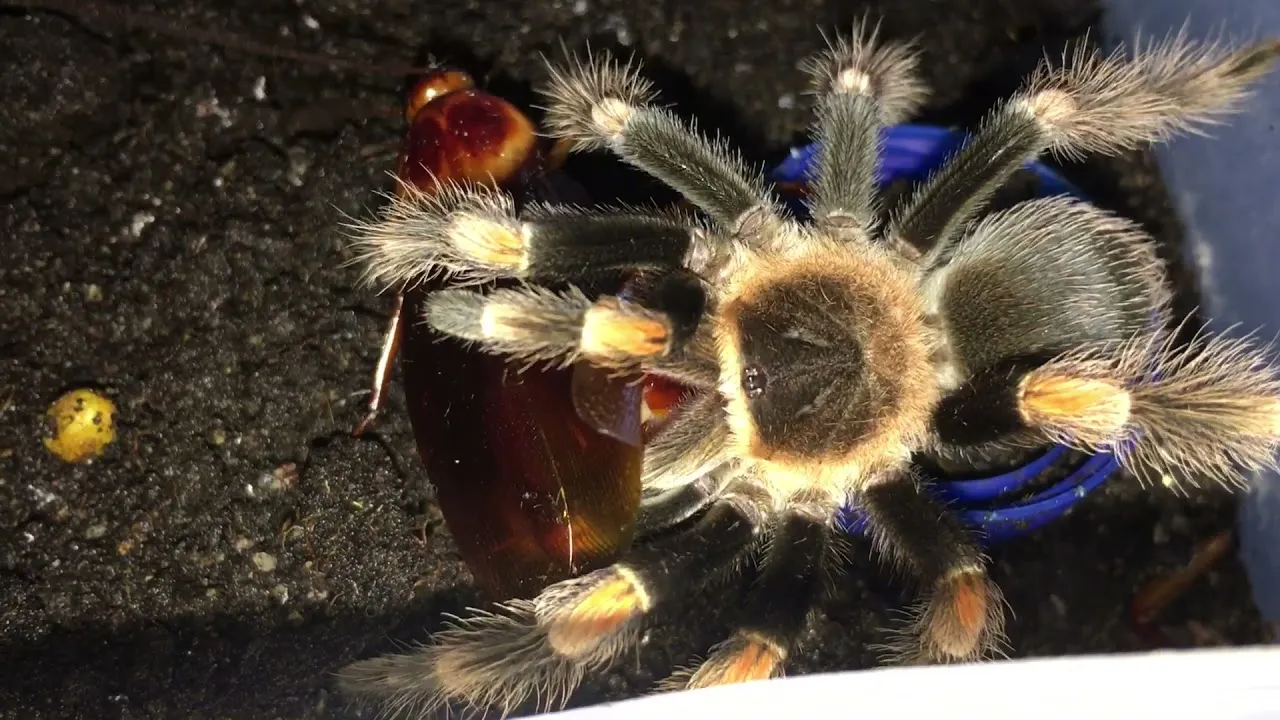
The tarantula’s offensive capabilities are far superior to those of the cockroach. The venomous fangs of the tarantula give it a decisive advantage in incapacitating its opponent. The cockroach’s lack of effective offensive weapons, combined with its reliance on evasion tactics, make it vulnerable to the tarantula’s attacks. Even if a cockroach manages to evade initial strikes, it would likely succumb to the tarantula’s persistence and superior offensive capabilities. The tarantula’s hunting prowess, size, and venom work together to ensure its success as a predator.
Defensive Prowess
Cockroach Defense Mechanisms
Cockroaches are masters of survival, relying on several defensive mechanisms. Their exoskeleton provides a degree of protection against physical harm. They can also squeeze into tight spaces, making it difficult for predators to reach them. Their ability to run quickly and hide effectively is one of their primary defense strategies. Certain species can detach limbs to escape capture, although this is a last resort. They also have a remarkable ability to withstand environmental extremes, such as radiation. Their ability to adapt and survive in varied conditions supports their survival, even when directly facing predators. These cockroach defense mechanisms enhance their chance of survival.
Tarantula Defense Mechanisms
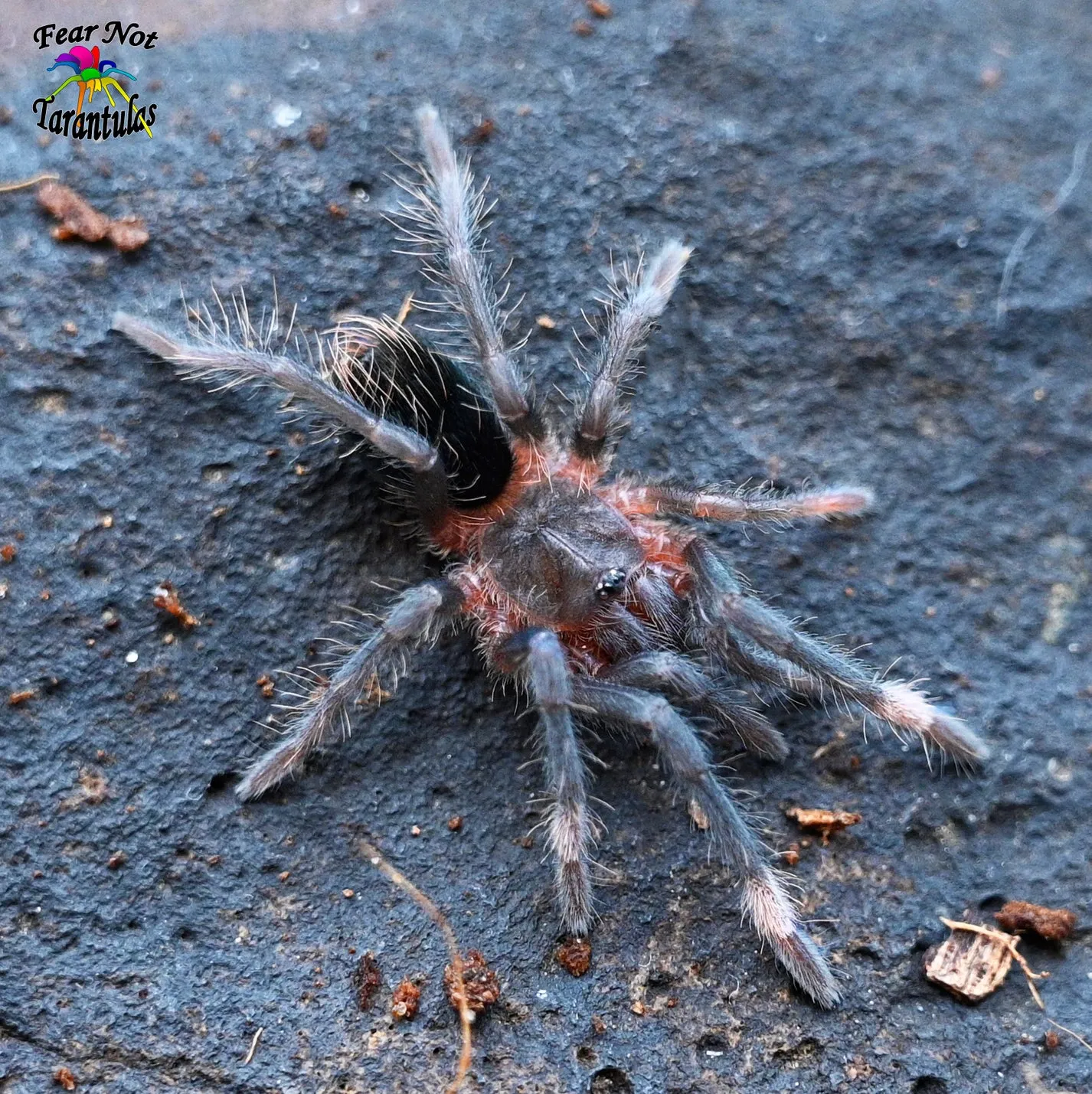
The red rump tarantula also employs several defensive strategies. Its primary defense is its size and strength, which make it a less appealing target for many predators. They also possess urticating hairs, which they can flick at threats, causing intense irritation to the eyes and skin. Tarantulas can bite, although this is primarily used for hunting. They rely on their ability to stand their ground and present a formidable threat, often deterring potential attackers. Their coloration also provides camouflage in their natural habitat, which further protects them from attack. Defensive mechanisms play a critical part in its overall survival strategy.
Defense Mechanisms Comparison
Both creatures have their defensive strategies, but the tarantula’s defenses are more directly suited to combating a predator. The tarantula’s size, strength, and urticating hairs offer a potent combination of protection, while the cockroach’s primary defense is evasion. The tarantula’s defenses are geared towards physical confrontation, while the cockroach uses its survival skills to avoid any direct conflicts. The tarantula’s superior defense, combined with its offensive capabilities, gives it an edge in this battle.
Habitat and Environment
Cockroach Habitat and Survival
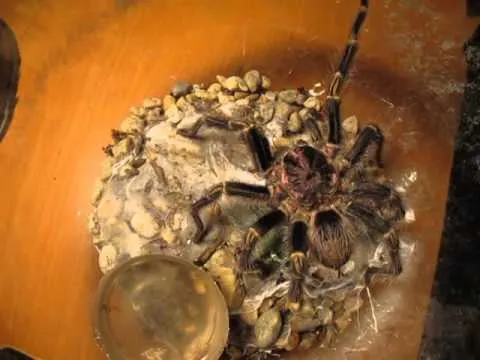
Cockroaches are incredibly adaptable and can thrive in a wide range of environments. They are often found in human dwellings, where they have access to food and shelter. They can also survive in outdoor environments, such as forests and gardens. Their ability to withstand environmental extremes, such as lack of food and water, contributes to their survival. Cockroaches are omnivores, eating almost anything, which further aids their survival. Their resilience and adaptability have enabled them to become one of the most successful insect species on Earth. Their survival strategies also involve rapid reproduction, which allows them to quickly replenish populations after environmental challenges.
Tarantula Habitat and Survival
Red rump tarantulas are native to South America and prefer warm, humid environments. They typically live in burrows or under rocks and logs, where they ambush prey. They are nocturnal hunters, emerging at night to forage. They are solitary creatures, only interacting with other tarantulas for mating. They are adapted to specific climates and habitats, which is critical for their survival. Environmental factors, such as temperature and humidity, are essential for their health and well-being. Their habitats provide protection from predators and a suitable environment for hunting. These unique environmental aspects help their survival, but might be affected by significant changes.
Habitat Impact on the Battle
The environment plays a critical role in any creature’s survival. If the battle were to occur in the tarantula’s natural habitat, the tarantula would have an advantage, since it is familiar with the terrain. If the fight were to occur in an environment less favorable to the tarantula, such as inside a house, the cockroach might have a slight advantage, but the tarantula’s size and strength would likely still be decisive. The environment may offer certain advantages in terms of shelter or maneuverability, but the core physical attributes of each creature would likely determine the outcome of a direct confrontation. This would be the most influential factor for the victory.
The Verdict Who Wins?
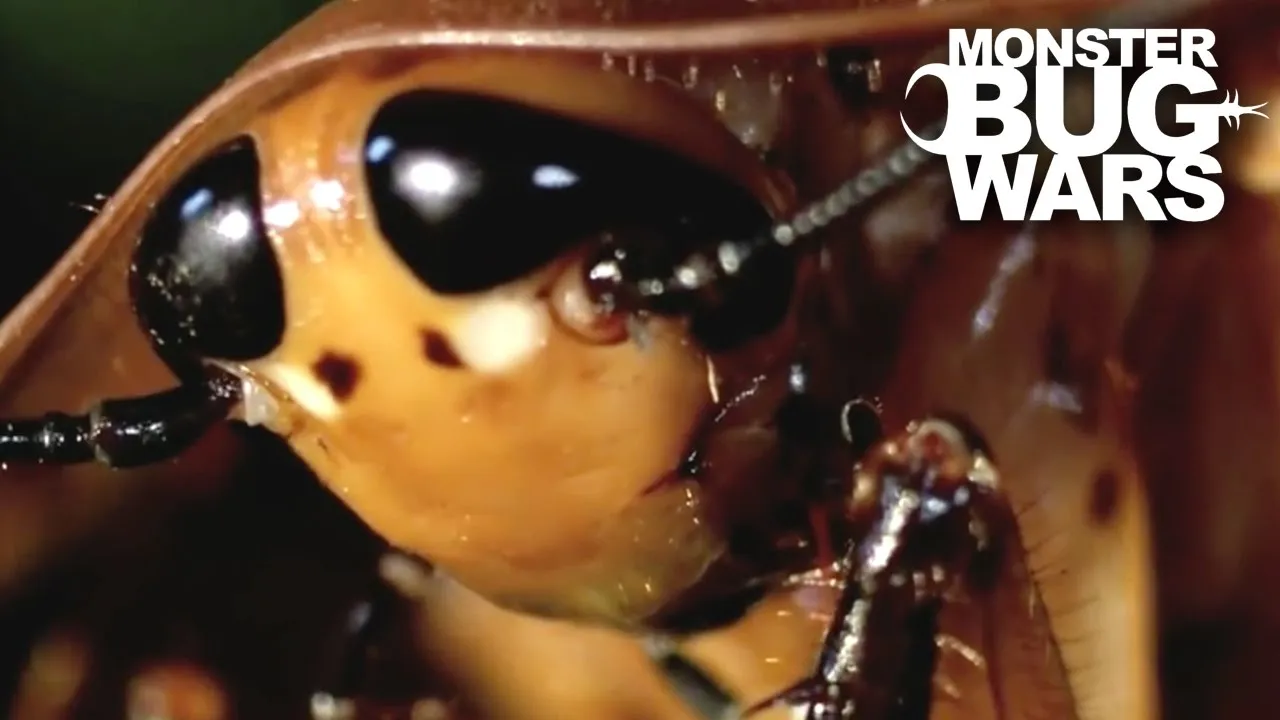
Based on the assessment of size, strength, offensive and defensive capabilities, and environmental factors, the red rump tarantula would likely win against a giant cockroach. The tarantula’s superior size, strength, and venomous fangs give it a significant advantage in direct combat. While the cockroach’s speed and ability to hide might allow it to evade initial attacks, the tarantula’s hunting skills, size, and venom would ultimately prove decisive. The tarantula is a formidable predator, designed to hunt and subdue prey, while the cockroach is built for survival. In a battle between the two, the tarantula’s capabilities would prevail, making it the likely victor in this epic showdown.
